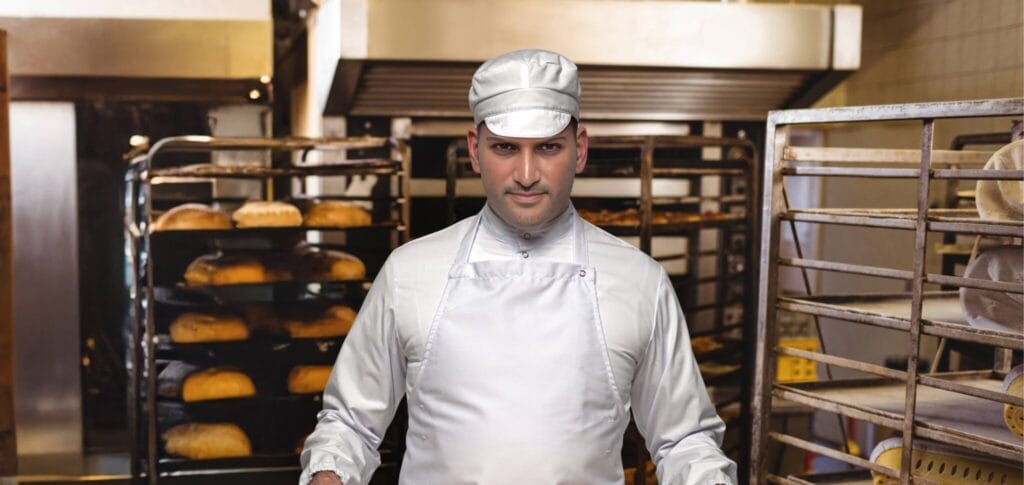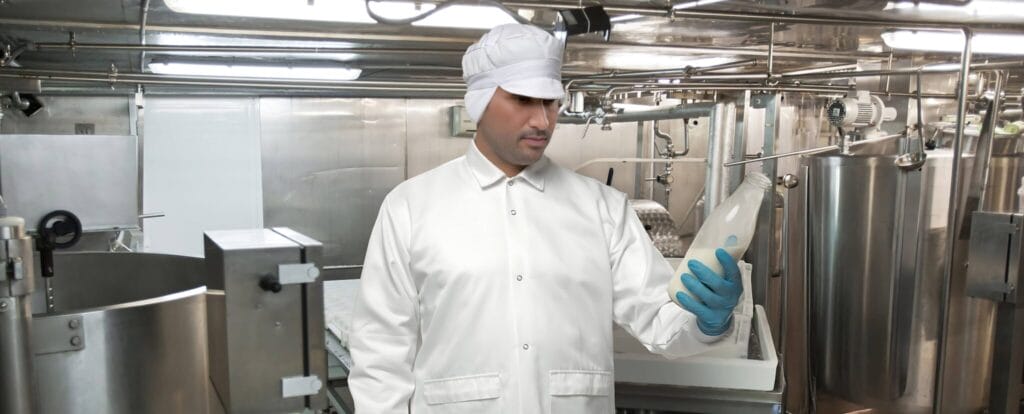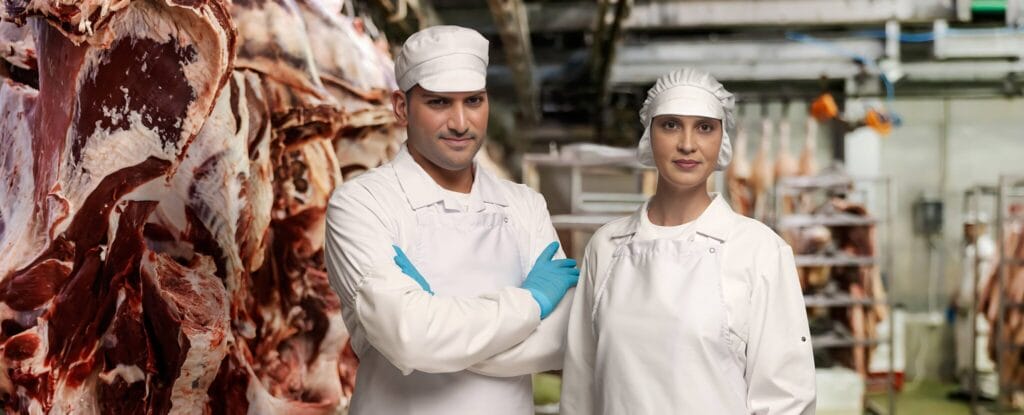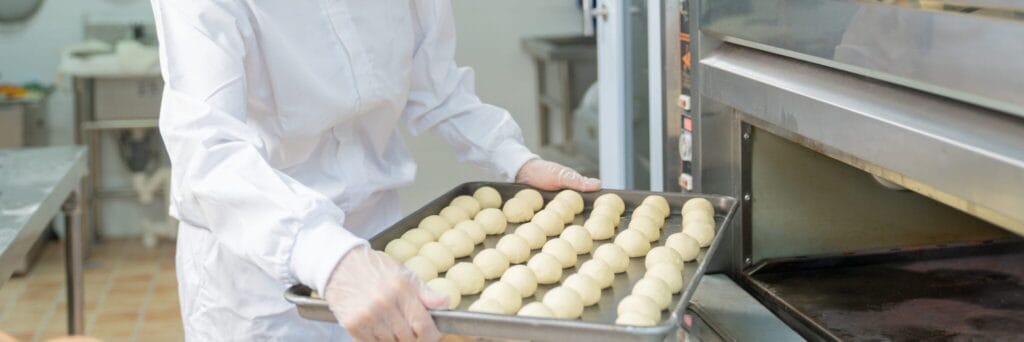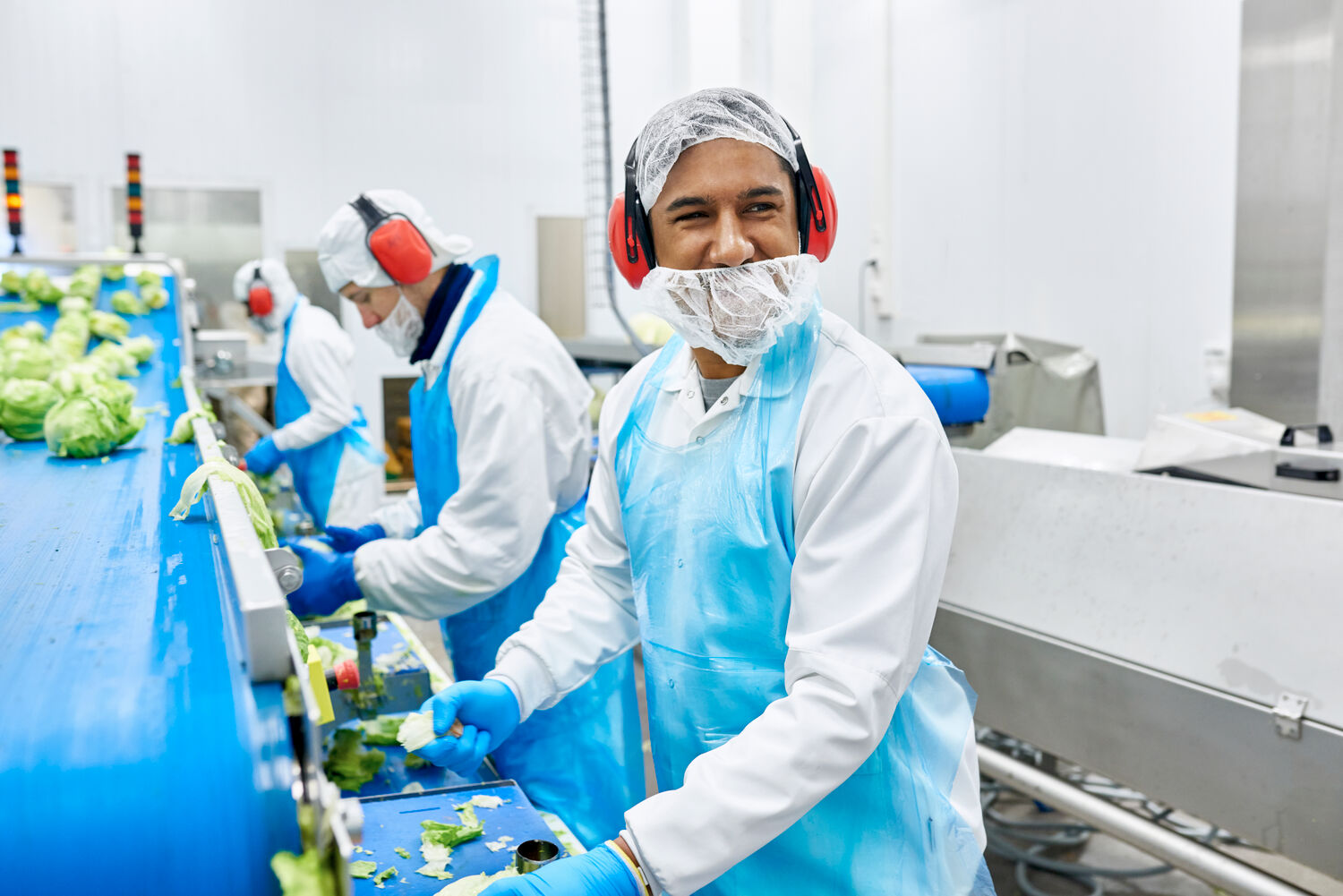
Shifting the attention to workwear in the food sector
Operating in the industry for many years, I am fully aware of the significance of food safety and the relevance of protective clothing in food industry. It is significant to appreciate that every food production stage, from manufacture to consumption, needs a cone of protection, and this is first best evident from the dressing of most factory workers.
Evolving from first wearing basic coveralls, today’s food factory workers can don sophisticated and more stylish uniforms that secure both the employee, and the food items handled in their work.
The combination of safety with creativity in real-time:
With the evolution of restrictions, consumers today have more awareness of food safety, unlike at any other time in history. Luckily for the food industry, suffice as to say, manufacturers of protective clothing have raised the bar in addressing these issues by offering viable options in the attachment of the said goal. The developments made with these protective gears are not merely for compliance for it seeks to global advancement of every aspect of food preparation.
Key features of modern protective workwear in the food industry:
- Controlling The Hazard: Bacterial growth and other organisms are rendered useless when cutting the fabric or clothes due to wearing an antimicrobial fabric.
- High Visibility: The food factory workers’ uniforms include high visibility uniforms which contribute to safety in crowded places.
- Comfort and Breathable fabrics: The exertion levels are kept in check by restricting the workers to light and breathable fabrics that facilitate comfortable working conditions during long hours, which helps safety compliance.
- Cleaning Chemical Protective Coating: Food processing areas have specialized coatings on their items that prevent getting splashed with cleaning agents.
- Providing thermal insulated apparel: More complex advances allow workers in freezers and hot kitchens to wear clothing that helps them more effectively regulate their temperature.
The economic implications of wearing suitable workwear:
In the food sector, purchasing appropriate workwear does not only imply compliance with rules and regulations, it is also an area of strategic competitive advantage management with benefits that extend on all fronts:
- Reduced contamination risk: Proper clothing helps in the reduction of products being contaminated, thus minimizing the chances of incurring millions in recall expenditures and safeguarding the company image.
- Increased Worker Efficiency: Functional & well-tailored uniforms enhance workers’ morale and productivity, which boosts output.
- Fewer Premiums for Insurances: Attire that demonstrates a serious attitude towards safety can enable food manufacturing plants to access favourable terms in regard to insurance coverage.
- Better Brand Positioning: The level of concern of shoppers with regard to food safety is at an all-time high. Companies that care for hygiene in the workplace by proper dressing of workers are better positioned in the food market.
Customisation: the future of food factory staff uniforms:
The food industry is widely recognized as a multifaceted industry and naturally, not everyone would have the same garment. As an example of this versatility, leather makers are now able to produce a modified version of protective clothing in food industry requirements. In the same way, dairy farming, meat packing, and baking have their own uniform that is able to fully support the needs of the trade.
Apart from these comprehensive solutions enhancing safety levels, they also manage to instil a feeling of professionalism and pride within the employees. Such an ethos compels the employees to work hard to maintain the great position they have been given, thereby serving the purposes of the organization.
Safety does not equal sustainability:
With the increase in the popularity of the green movement, the protective clothing in food industry was able to come up with some form of solution that can protect industry workers. Now when producing uniforms which will later on be worn by employees in the food industry, fabrics that are biodegradable, recycled materials and energy fermenting resources will be used. Not only does this emergence cater for eco-friendly consumers but also enables food manufacturers to reduce their carbon footprint.
The role of technology in protective clothing:
The new integration of technology within protective clothing is revolutionizing the space of food safety. The smart fabrics that automatically sense temperature shifts or even the presence of bacteria have never been the case, but that is the reality now. These inventions serve as an extra helping hand in the sense that they warn the employees of the danger well in advance as opposed to when it becomes a serious problem.
Promoting a safety culture:
Sure, wearing the right protective gear is important, however, it is equally vital to nurture a culture in which safety is a concern in every person’s job. Regular training, effective communication of safety measures, and leading by example are all vital aspects of a safety strategy.
Conclusion: Committing resources towards food safety:
For an industry such as that of the production of food, it is impossible to cut corners or relax standards for protective clothing. The food factory worker uniform of today is far from the other fashion industries, and it is not meant for the worker alone but the entire supply chain, as such it is a highly engineered tool of the worker. When high-quality protective clothing is embraced, manufacturers in the food sector are not only meeting the regulations, but setting a standard that strongly illustrates their seriousness on quality, safety for their employees and consumers, and protecting the brand.
While the food industry changes, it is also able to alter the protective gear that protects it. For companies aiming to be proactive, adopting these developments in protective apparel is not only recommended but also critical to the continued success and survival of a highly competitive business environment.
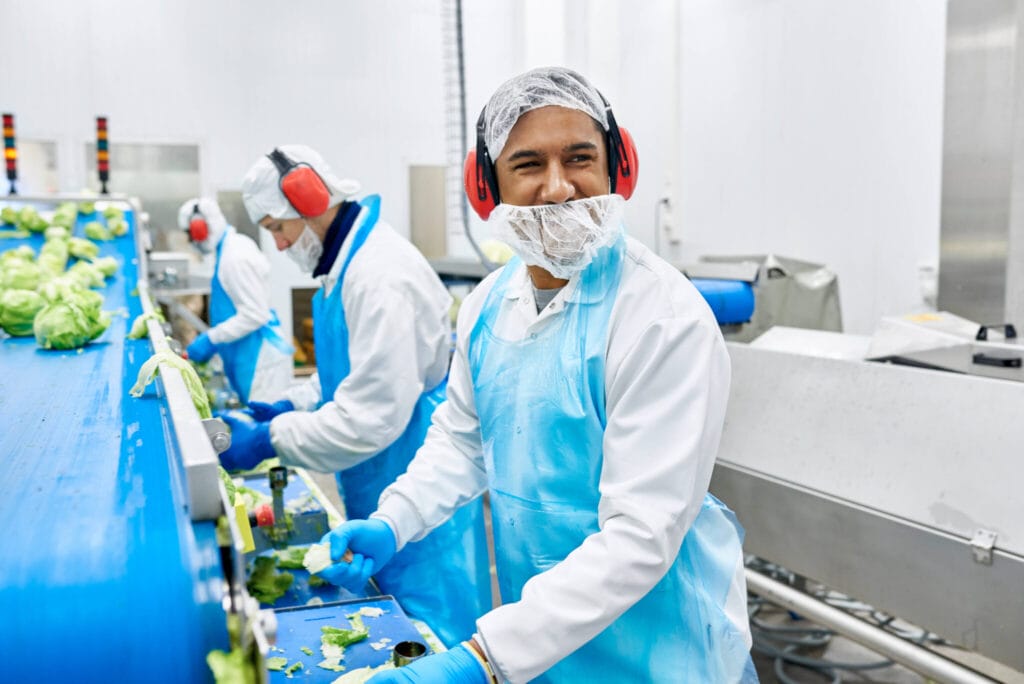
Frequently Asked Questions (FAQ)
How often should food industry uniforms be changed to maintain hygiene?
HACCP (Hazard Analysis and Critical Control Points) protocols dictate that uniforms in the food sector be changed daily or more frequently upon contamination. Lindström offers scheduled garment exchange services to ensure that clean, compliant uniforms are always available.
What regulatory implications arise due to improper workwear in food processing facilities?
Non-compliant or improper workwear might cause violations during audits, recalls, or shutdowns under food safety regulations like ISO 22000, BRC, or FSSAI. Lindström supplies garments meeting industry-specific hygiene along with safety certifications thus helping reduce these risks.
How can food companies implement uniform zoning to reduce cross-contamination?
By color-coding or differentiating uniforms for specific areas (e.g., raw vs. cooked zones), companies can prevent the transfer of contaminants. Lindström offers customizable garment programs to support effective zoning and traceability.
What role does employee comfort play in food industry workwear design?
Comfort has a direct impact on both productivity and on compliance. If garments are breathable and ergonomic and if they happen to be well-fitted, employees are likely to wear them correctly and consistently. Lindström’s uniforms are designed with hygiene performance without compromising comfort.
How does uniform rental help address staffing fluctuations in the food industry?
With seasonal demands and workforce turnover, owning uniforms can be inefficient. Lindström’s rental service enables businesses to scale down or up rapidly since it guarantees the correct sizes and amount without excess stock or waste.
Are there industry-specific features integrated into uniforms for different food segments?
Yes. For instance, dairy sector uniforms may emphasize splash resistance, while bakery garments prioritize thermal comfort and minimal lint shedding. Lindström tailors its offerings to match the specific functional needs of each segment.
How can businesses ensure traceability and accountability in garment usage?
To track garment life cycles as well as usage frequency and also laundering history, Lindström uses RFID and barcode systems. This enhances accountability, supports audit readiness, and gives companies control over hygiene compliance metrics.

